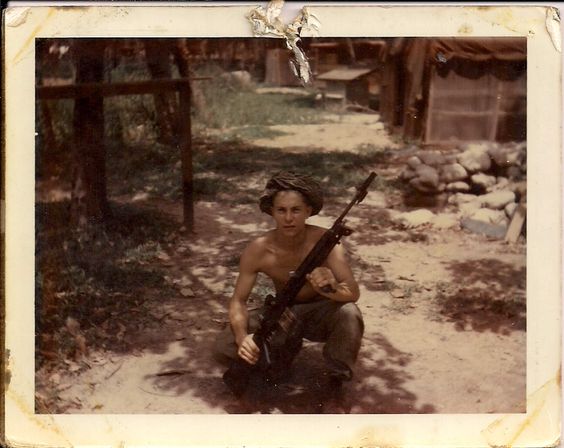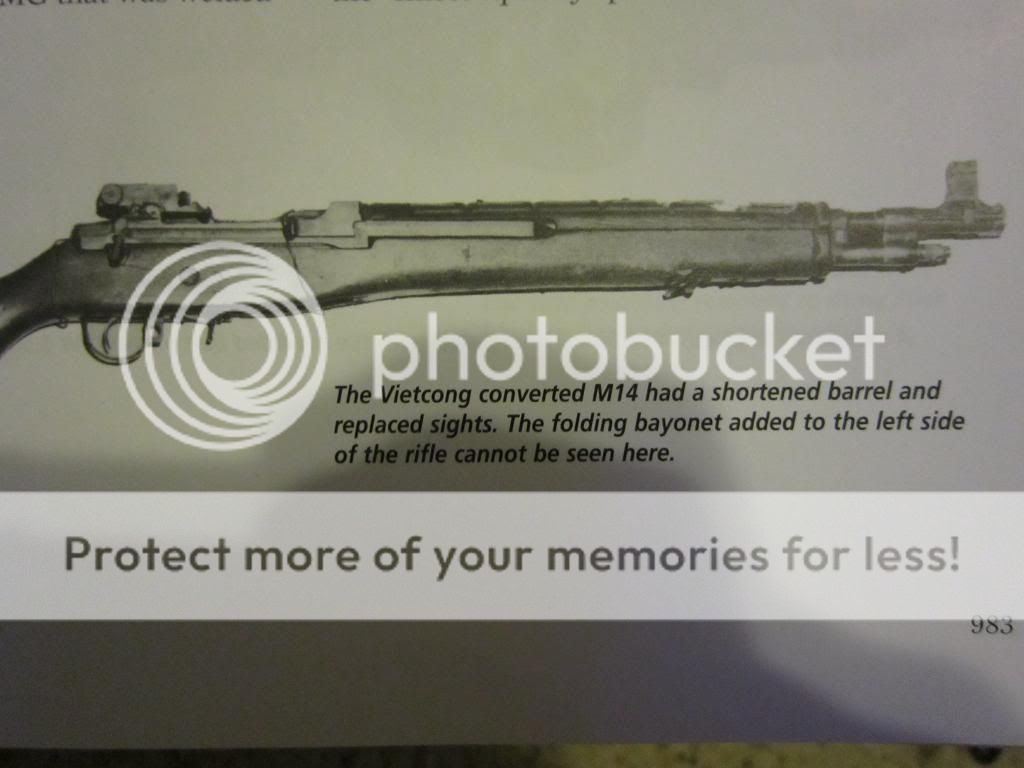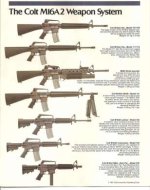exhausted;n2293032 said:
So then we get the the 'point' about the stocks being vulnerable to moisture and therefore the rifle is too inaccurate to shoot, and thus it shouldn't be modeled. Except that the M14E2 stock is made of birch wood, which is more resistant to the effects of humidity than other rifles using beech or walnut. If anything, the M14E2s should retain their accuracy longer than SKSs, Mosin Nagant 1891/30s, M1 Garands and any other rifle in Vietnam with a normal wooden stock.
Don't get me wrong, my point regarding timber stocks & ingress of moisture, wasn't intended as a slight against the M14 platform.
It was more pointing out that what many would naturally assume to be the most accurate firearm in game, the M40, [working on the premise that an average representative example having spent time "in country" etc] could reasonably be expected to achieve a grouping of around 1.25 MOA.
Using this as a benchmark, perhaps people should temper/moderate their expectations on the accuracy potential of all other firearms in game!
Its been mentioned that the various Ak's accuracy appears to be underwhelming, perhaps it needs to stay where it is & the groupings on the M16 etc, relaxed a bit?
a quote regarding the final QA testing of M14 rifles produced @ Thompson-Ramo-Wooldridge (TRW):
"Each rifle is fired one high-pressure proof round, then 40 rounds at semi- and full-automatic for functioning.
Then rifle is fired 3 settling rounds and 5 rounds for accuracy with service ammunition, and must deliver these 5 rounds into 6.1" group at 100 meters.
Largest group obtained to date has been 5.5"; average has been 2.5" to 3" "
a quote from a report (dated august 67) on comparative accuracy trials between XM-16e1's (M16a1) fitted with 12" & 14" twist barrels,
"The average extreme spread for 998 rifles having 12" twist was 3.6" @ 100 meters, while that of the 1,002 rifles having 14" twist was 7.2", or exactly 100% greater." Just bearing in mind, this trial was conducted with 3x different batches of ammunition, representing the most accurate lot, least accurate, & nearest to average accuracy lot of M193 ammunition held in inventory at that time.
I'm actually all for the inclusion of the M14a1 and would dearly love to see it and a handful of other weapons in game, for maps where they're appropriate & not anachronistic. I'm a firearms enthusiast and as far as I'm concerned a bit more variety would be a good thing within reason & realism. I know this isn't what the developers want to hear right at this time, when they are busily trying to get this thing launched & they consider it feature complete - however I did hear what I thought to be a very reasonable suggestion, by flashburn or Jagdwyre (don't remember which), where the developers could hold a contest for talented modders to create slick models for likely issued weapons not already featured in the game. i.e CAR-15's, Model 70's, M14a1's, K50M's, MAS36's, CR39's, L2a2's, VZ's, Arisaka's, etc. **** even get someone like that "forgotten weapons" chap, to be a guest judge, I hear he is bit of a gamer - get some cross promotion happening?
If certain weapons were only fielded in low numbers, allocate them to players of a certain rank, in a quota system etc? should keep the retentive history nazi's satisfied & give incentive to those who want more weapon variety, to keep playing longer in official servers. The more SF oriented weapons, i.e the Stoner63, M-45, "The *****" SLR, The Sterling SMG, The SEAL sawnoff M60's with tracers etc could come available in a similar way to the hero system in the previous RO2/RS games, and on a very limited quota system, to keep them commensurate with the low numbers in which they were fielded. i.e 1 or 2 people eligible for a choice of these per match?







